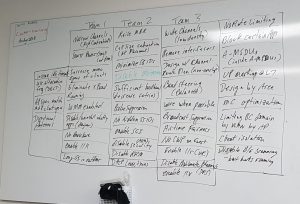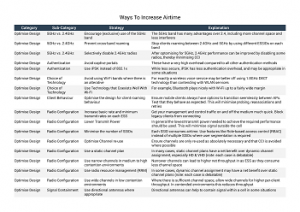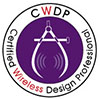Introduction
I recently attended a Certified Wireless Design Professional (CWDP) course, host by Spectrotech and trained by Wi-Fi expert and CWNE #1, Devin Akin.
One of the highlights of a week of intense training was an exercise on the last day. Devin asked the class to break into teams and each team was to come up with as many ways to increase Wi-Fi airtime as possible. We would then reconvene and deliver our results one-at-a-time in round-robin fashion. If one team gave an answer, the others couldn’t give the answer and had to come up with their own, until all responses had been delivered. The team with the most answers would be declared the winner.
Well, with so many great professionals in each team, it’s no wonder that Devin managed to fill the whiteboard and then had to declare a tie.

Of course winning was not the real objective. The real aim was to get us thinking hard about this very fundamental aspect of delivering excellent Wi-Fi – increasing and preserving airtime. It was fascinating to see just how many ideas we, as a group, could come up with on this one question – 74 to be precise. The ideas ranged from the obvious to the creative to the seemingly contradictory..
Ways To Increase Wi-Fi Airtime
Following is a table of the class’s responses. I’ve complied these from my own notes and a photo of the whiteboard generously provided by classmate Scott . There is overlap between many of the ideas so I’ve grouped them as seemed appropriate for easier digestion.
You are trying to load a table of an unknown type. Probably you did not activate the addon which is required to use this table type.
Disclaimer: the table represents a range of views from many different Wi-Fi professionals. It is not intended as an exhaustive or authoritative list. Some of these items are actively debated among the Wi-Fi community.
You can download a full version of the table, with explanations below:

Conclusion
This exercise was a great way to apply some of the knowledge we’d been trying to absorb during the course of the training. And of course that’s a great way to retain information. I hope to see more of this kind of exercise in my next course!


